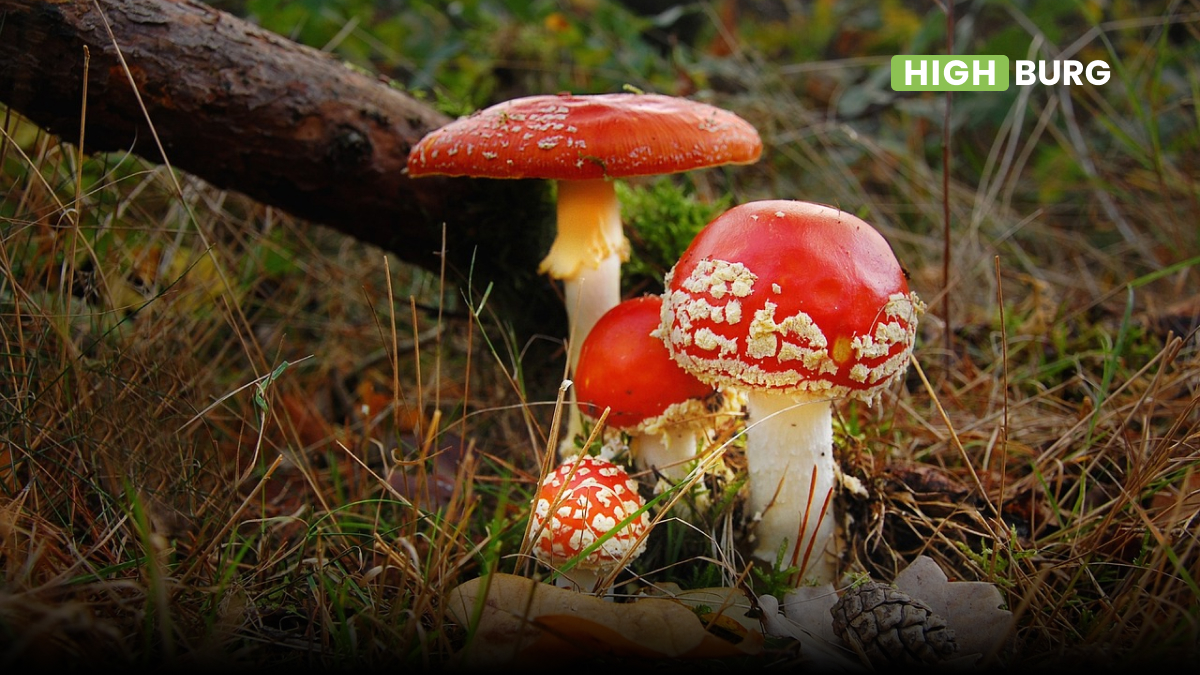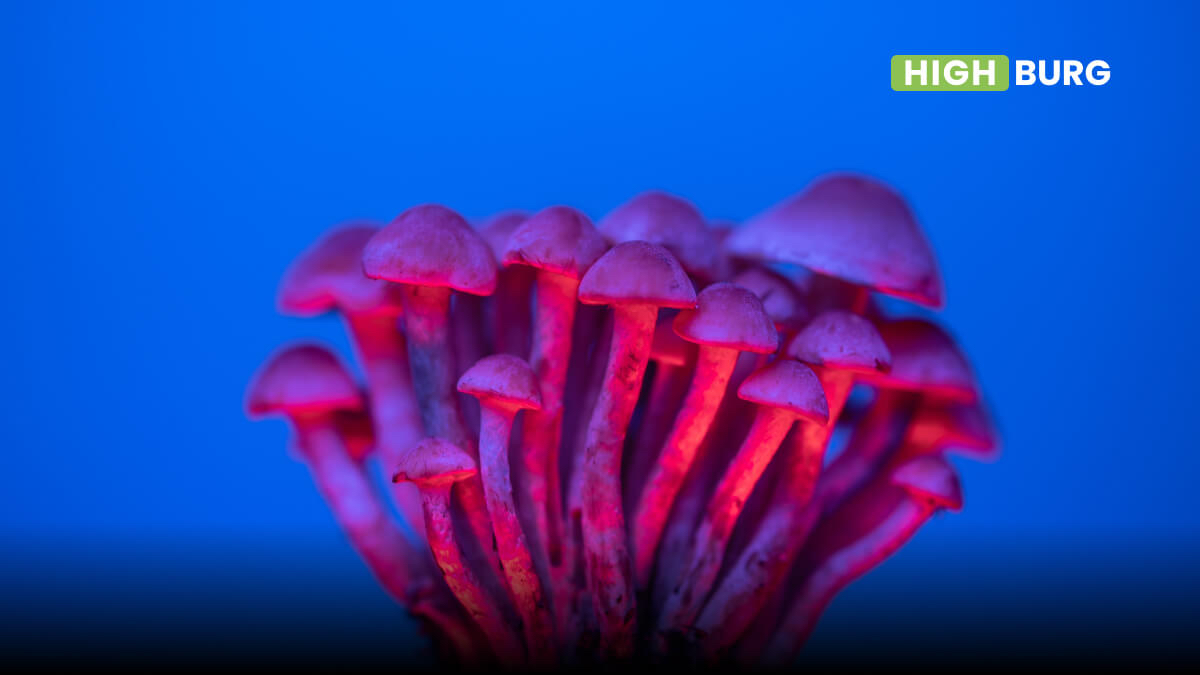Psychedelic or “magic” mushrooms found prominence for Western recreational use in the late 1950s and 1960s. One of the earliest widely publicized descriptions of psychedelic mushrooms was described by Robert Gordon Wasson in a 1957 publication in Life magazine, simply called Seeking the Magic Mushroom.
In this article, Wasson described his experiences taking psilocybin during a ritual performed in Oaxaca, Mexico. Unfortunately, the publicity brought by the article had disastrous consequences for the healer that showed it to Wasson, causing her to be ostracized from her community because too many strangers came after Wasson story and this severely impacted the way of life of the tribe living there. [1] This article, and others like it, sparked widespread interest in psychedelic mushrooms. Interest was even picked up by prominent Harvard researchers, who further researched the effects of the mushrooms and particularly their ability to alter consciousness.
Still, like many drugs, it wasn’t long before governments cracked down on usage, which caused the interest to dwindle, even if recreational use continued. Recently, however, interest in psychedelic medicine has resurged.
Recent studies have investigated psychedelics as a means to improve the effects of psychotherapy. [2] Psychedelics are widely known to cause hallucinations, but they also alter mood in interesting ways. These mood-altering effects are why clinicians feel they may be useful adjuncts to other therapies.
Clinically, there is interest in using them, especially in low doses, to help improve negative mood states.
So, there is some hope that psychedelics may not forever be limited to “recreational” use.
General effects of psychedelic mushrooms
Users typically describe several common feelings:
- Visual and auditory hallucinations
- “Transcendent” ideations – many users reference “meeting God” when they use psilocybin.
- Altered mood – this varies by user, dose, and situation. Sometimes, mood is positive – happy, joyful. Other times it can be negative – fearful, uneasy. Overdosing is more likely to cause a negative mood. People prone to anxiety are also more likely to experience increases in anxiety.
- Unreal sense of space and time
- Dizziness, weakness, numbing/tingling, and tremors
Not all reactions are positive. There are also some dangers to psilocybin use. Some users experience frank psychosis. Others may experience Hallucinogen Persisting Perception Disorder.
So, it is important to be cautious with shrooms.
Still, careful dosing and using strains with lower rates of negative effects can minimize risk factors. This is why it is important to know different strains of psychedelic mushrooms, and especially to know how they may differ from each other.
Psilocybe Cubensis
Psilocybe cubensis is one of the most commonly cultivated and widely available species of psychedelic mushrooms. It features a distinctive bell-shaped cap with a nipple-like protrusion and a thin stem. Known as the “golden teacher,” Psilocybe cubensis is revered for its ability to provide profound insights and spiritual experiences. Its effects include sensory enhancement, euphoria, and introspection. It is relatively easy to cultivate, with predictable effects, making it popular among enthusiasts.
Amanita Muscaria
Amanita muscaria, commonly known as the fly agaric, is a visually striking mushroom with a bright red cap adorned with white spots. Gamers will recognize it immediately, but don’t be fooled: it may not “power you up” like its Super Mario counterpart. The effects of Amanita muscaria differ from those of psilocybin mushrooms for the fact that the main active toxic constituent is the prodrug ibotenic acid that converts to muscimol once ingested.
The mushroom is toxic, but modern deaths from it are pretty rare. The problem with this mushroom is that the effects aren’t predictable and many of them are unpleasant, including nausea, twitching, delirium, low blood pressure, sweating, and salivation (seek medical help if you get these, as they could signify a cholinergic crisis).
It’s probably best to avoid this species. The positive effects can be obtained through much safer species.
Psilocybe Mexicana
Psilocybe mexicana is a species native to Central America and holds cultural significance among indigenous communities. The effects are very similar to the cubensis species. It is a relatively safe mushroom, but like all types, it is best consumed under supervision and in manageable doses.
Copelandia Cyanescens
Copelandia cyanescens, also known as the “Hawaiian blue meanie,” as it grows widely in Hawaii, is a potent species of psychedelic mushroom. It features small, dark-colored caps and slender stems.
The most important thing to know about this mushroom is that it is 5-6 times more potent than Psilocybe mexicana and other psilocybin containing mushrooms. Extra caution, then, should be used when taking this mushroom, to prevent overdose.
Panaeolus Cyanescens
Panaeolus cyanescens is also a more potent mushroom than others (around twice as potent as Psilocybe cubensis). It is still far less potent than its Copelandia cousin, though.
Its effects are similar to other psilocybin-containing mushrooms, but dosing should be carefully done, due to the higher-than normal levels. Novices shouldn’t start with this species.
Summary
Although “shrooming” can be a grand experience, not everyone will respond the same, and not everyone will enjoy it. Our best advice if you are considering it is to start with one of the safe, predictable cultivars, and to use it when others (who are sober) are around to monitor you.
Also, never try to eat and identify a wild mushroom unless you are a trained mycologist.
References:
[1] Estrada, Álvaro, (1976) Vida de María Sabina: la sabia de los hongos (ISBN968-23-0513-6)



